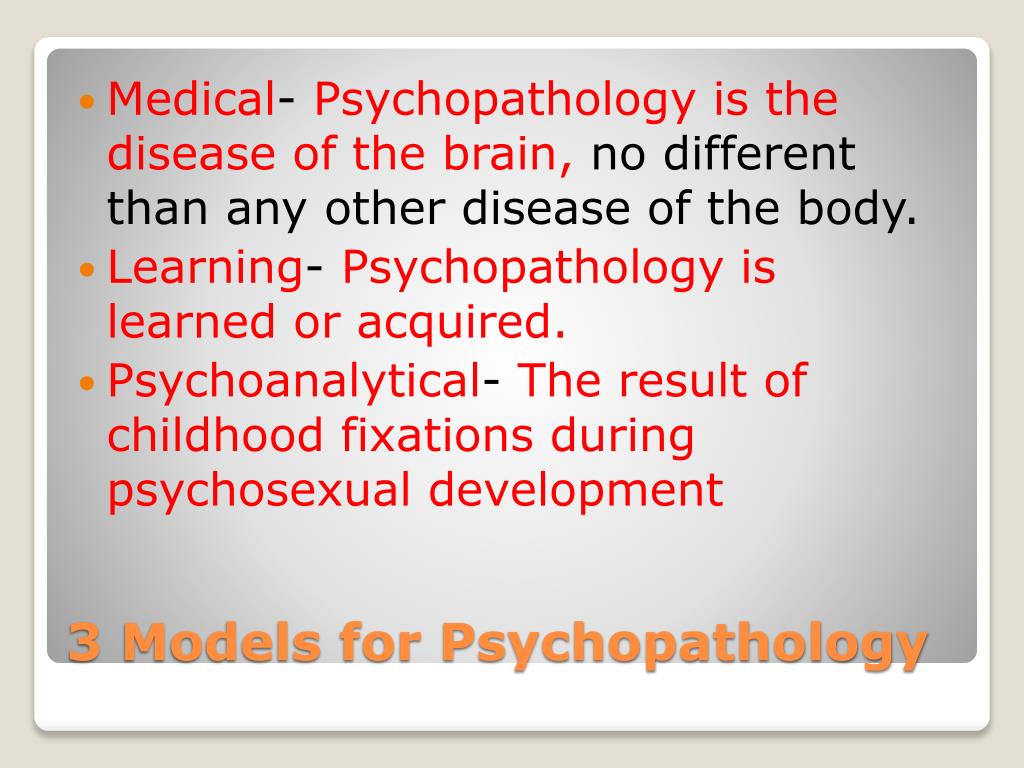
Methods: His biographies, medical records, letters exchanged between him and his friends and relatives, and reports by his acquaintances, number and time of creation, form and structure (but not the content of his writings) are scrutinized, assessed and measured according to the strict criteria of contemporary descriptive psychiatry.

Objective: With regard to the abundance of mood disorders among the artists and, life and death of Hedayat, number and time of creation of his works, this hypothesis that Hedayat suffered from a bipolar mood disorder (type II, or bipolar spectrum) is studied in the descriptive psychiatry framework.

A diverse field of research currently investigates linguistic predictors of STBs, and more focus is needed on their specificity for either suicidal thoughts or behaviors. Suicidal thoughts were predicted by more intensifiers and superlatives, while suicidal behaviors were predicted by greater usage of pronouns, changes in the amount of verb usage, more prepend and multifunctional words, more nouns and prepositions, and fewer modifiers and numerals. Of those, 34 (45%) focused on lexicon, 20 (27%) on prosody, 15 (20%) on lexicon and first-person singular, four (5%) on (morpho)syntax, and two (3%) were unspecified.

Specifically, we performed a search in linguistic, medical, engineering, and general databases for studies that investigated linguistic features as potential predictors of STBs published in peer-reviewed journals until the end of November 2021.We included 75 studies that investigated 279,032 individuals with STBs (age = 29.53 ± 10.29, 35% females). We reviewed the current literature on STBs that investigated linguistic features of spoken and written language. Language is a potential source of predictors for suicidal thoughts and behaviors (STBs), as changes in speech characteristics, communication habits, and word choice may be indicative of increased suicide risk.


 0 kommentar(er)
0 kommentar(er)
